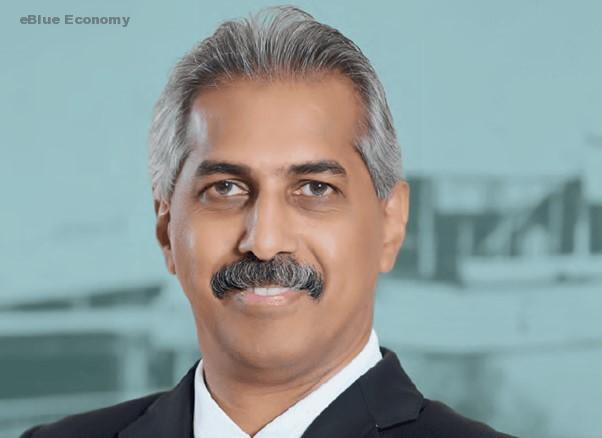At the closing of the 2021 World Ports Conference last Friday, IAPH’s outgoing President Santiago Garcia-Milà handed over the reins to his successor Subramaniam Karuppiah, with both reflecting on the discussions held over the last week.
Santiago Garcia-Milà, who is Port of Barcelona’s Deputy General Manager, re-emphasised the essential role of infrastructure in keeping maritime supply chains flowing, commenting: “Some shipowners mentioned that the disruptions that we have seen lately are due to infrastructural bottlenecks, some which were present already before the pandemic. As we have seen during the conversations this week, I do agree optimising port operations through better data collaboration and ensuring 24/7 operations are certainly priorities we should work on collectively.

However, the scale of funding that is needed to expand physical infrastructure is in a different league to shipping, also requiring complex public-private partnerships.” Captain Subramaniam, who is General Manager of Port Klang Authority agreed, stating “We cannot overlook the fact that the lead time for building new port infrastructure is much more complex and costly – and therefore takes much longer – than that of building a new ship.” With infrastructure development marked by complex planning procedures, including environmental impact assessments, extensive stakeholder dialogue and complex government approval policies,
Capt. Subra, who has seen a career both at sea and on shore, believes that shipowners do not always realise these challenges when they are making their next ship orders. “Especially when it comes to ships with new fuel requirements, such as LNG, methanol and ammonia, much higher and more complex investments will be required on land than in the shipyard.















